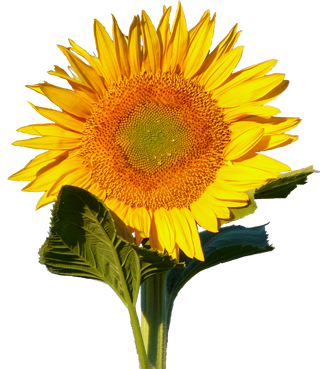
Garden and Plate
The Molecular Biology of Nutrition
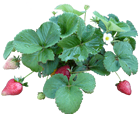







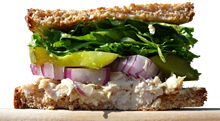

Unlike fruit, which plants produce for animals to eat, leaves are not intended as food. Plants grow leaves so they can capture energy from the sun. They are the solar panels of the plant world. Some plants add toxins or stickers to protect their leaves, while others make their leaves undigestible. Many leaves, however, have no defenses. They are often times not only edible, but highly nutritious as well. Because of this, leaves are an important part of many animal diets. I've grown several different "leafy greens" in my garden, some of which I like better than others. We'll look at some of them on this page. The photo below shows Romaine lettuce on the left, Leafy Green lettuce in the middle, and Spinach on the right.

It's too hot to grow leafy greens in the Phoenix summer months, but we are more than compensated by our ability to grow them all winter long. Due to the mild winters, the fall garden season is regarded by many Phoenix gardeners as being a better time to garden than the spring. The photo shown below was taken on December 31st, and I still have plenty of time left in the season. Not only can we grow leafy greens all winter long, but also peas and the entire cabbage family, including broccoli and cauliflower. We can also grow the root crops. The fall/winter months are a very active time for Phoenix gardeners.

Most produce is at it's best when it's eaten fresh. One of the advantages to growing lettuce in your garden is that you can pick it fresh as you use it. If you only need a few leaves for a sandwich, you don't even have to harvest an entire plant. You can remove the lower/outer leaves from the plant, and the rest of the plant will continue to produce more leaves. The Romaine lettuce plant on the left side of the photo above has had it's lower leaves removed, and is still doing fine.
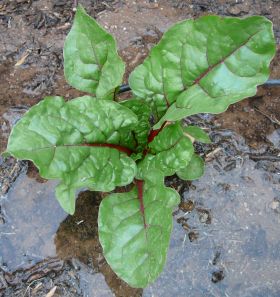
I don't think Swiss Chard tastes as good as lettuce, since it has a slightly bitter flavor that lettuce lacks. Still, it's very nutritious and looks great in the garden, especially this ruby red variety.
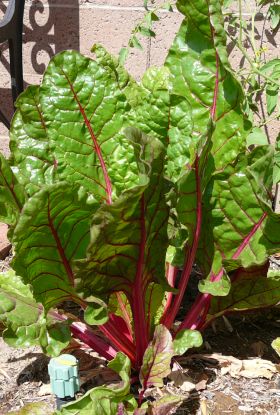
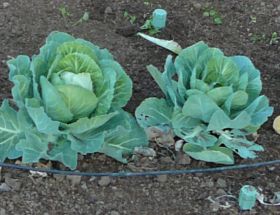
Cabbage is good when you want more crunch in your salad or sandwich than lettuce can provide. It's also good in tacos, and there's a rumor going around that you can use it to make cole slaw.
